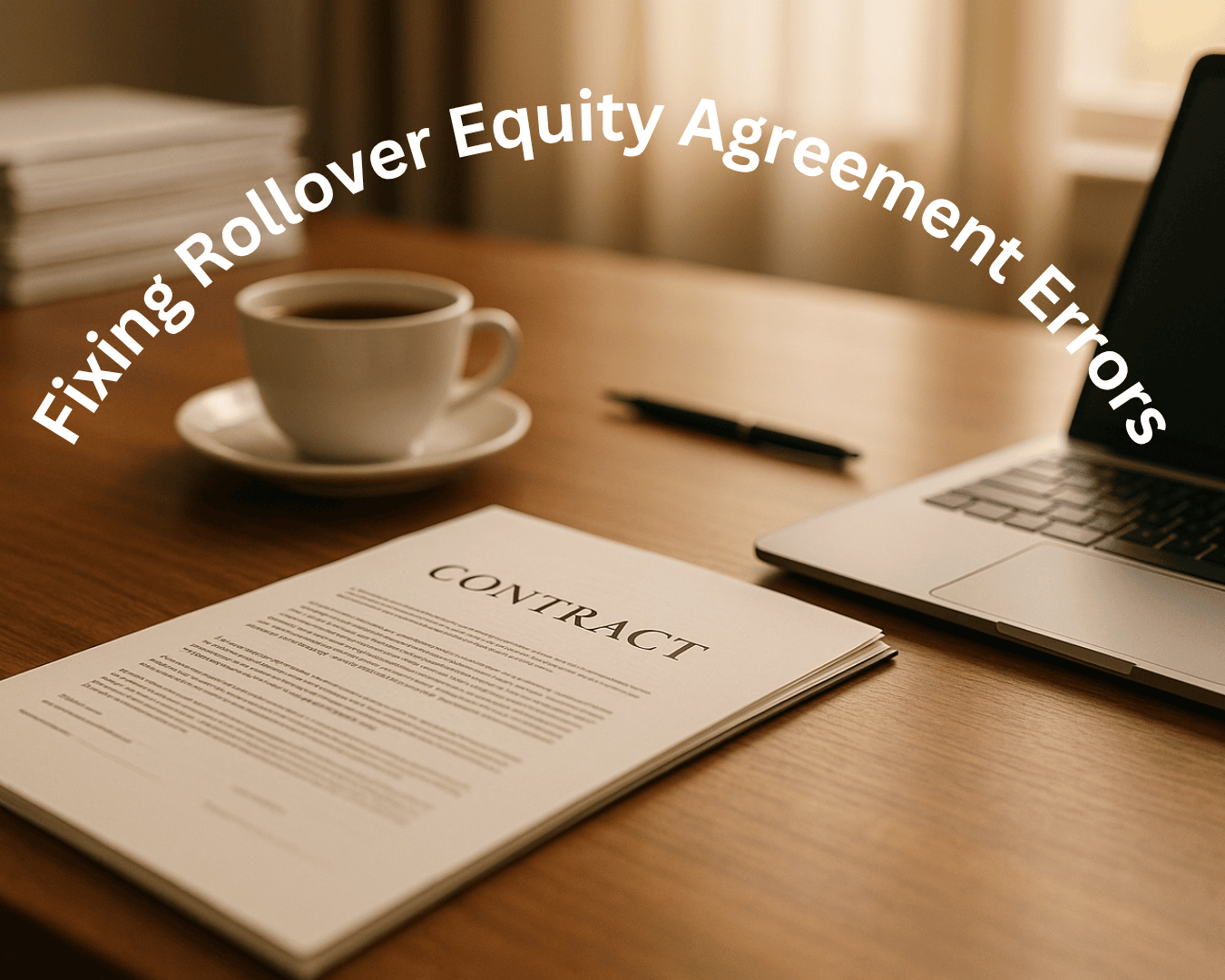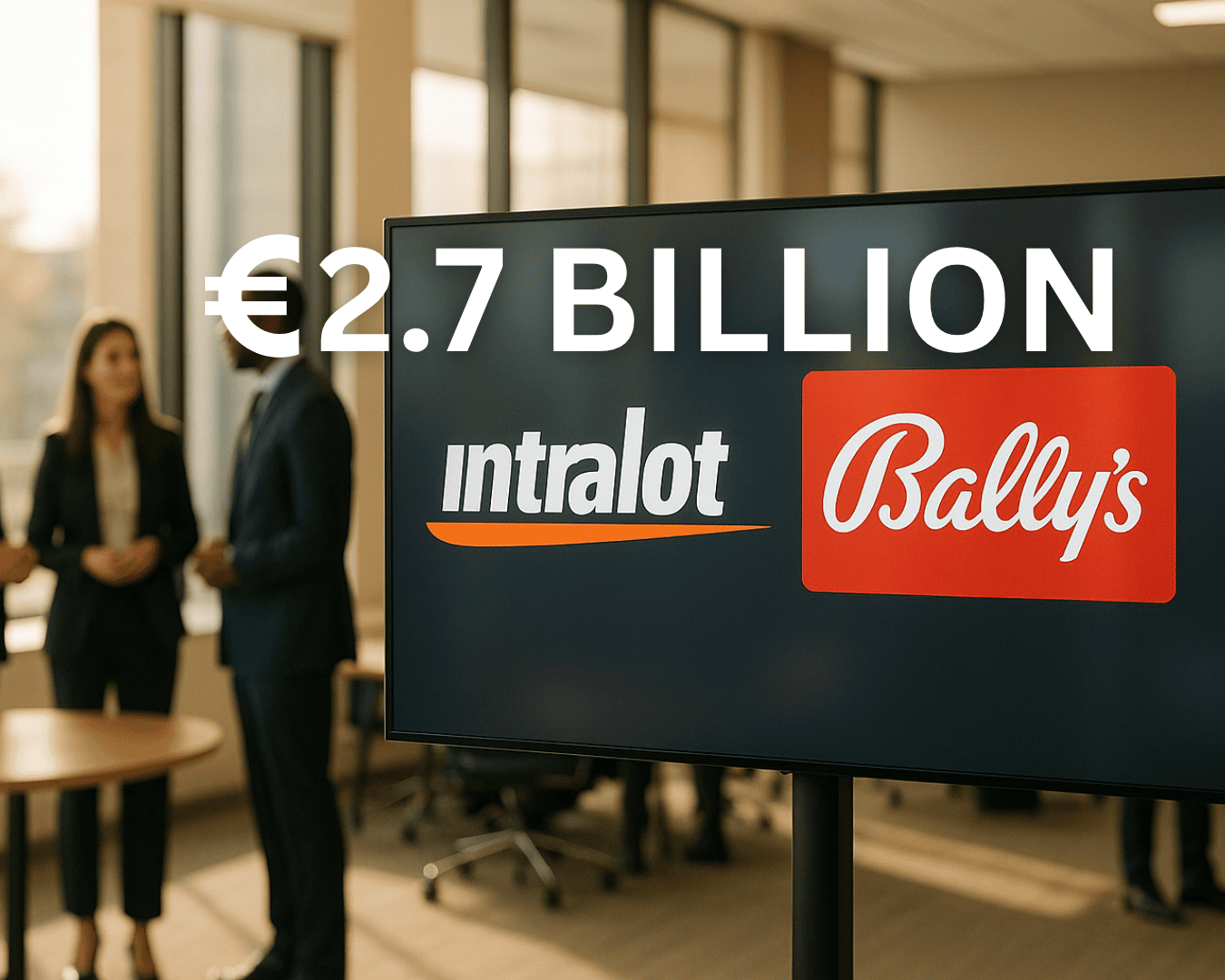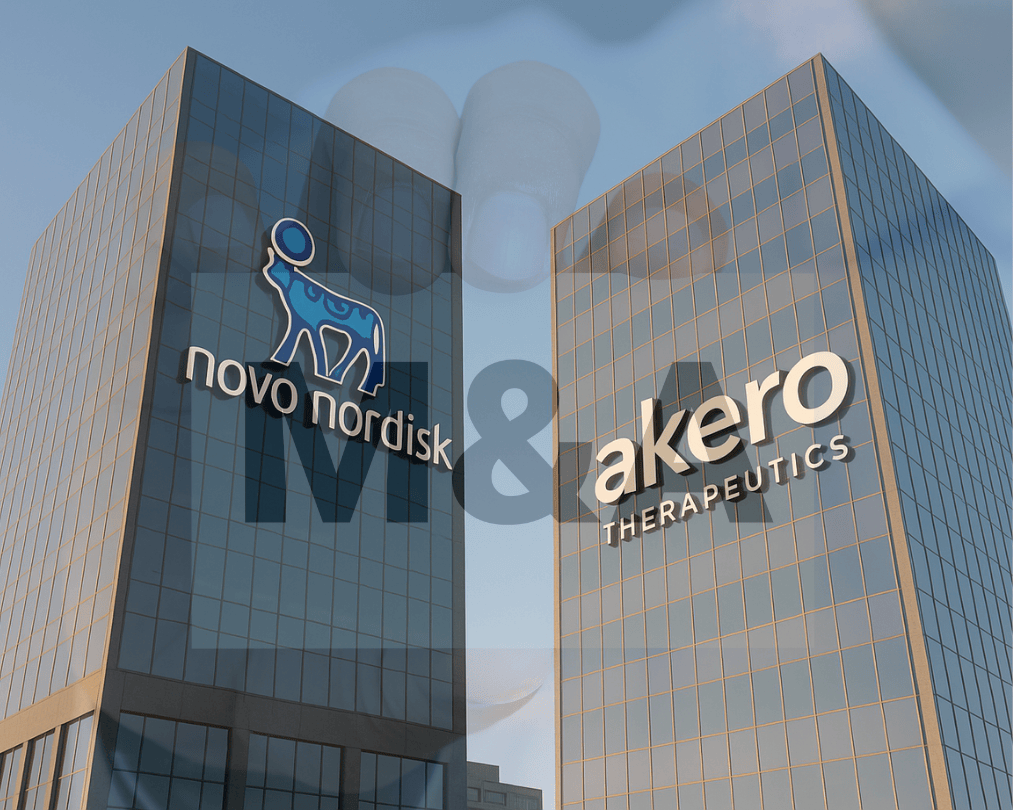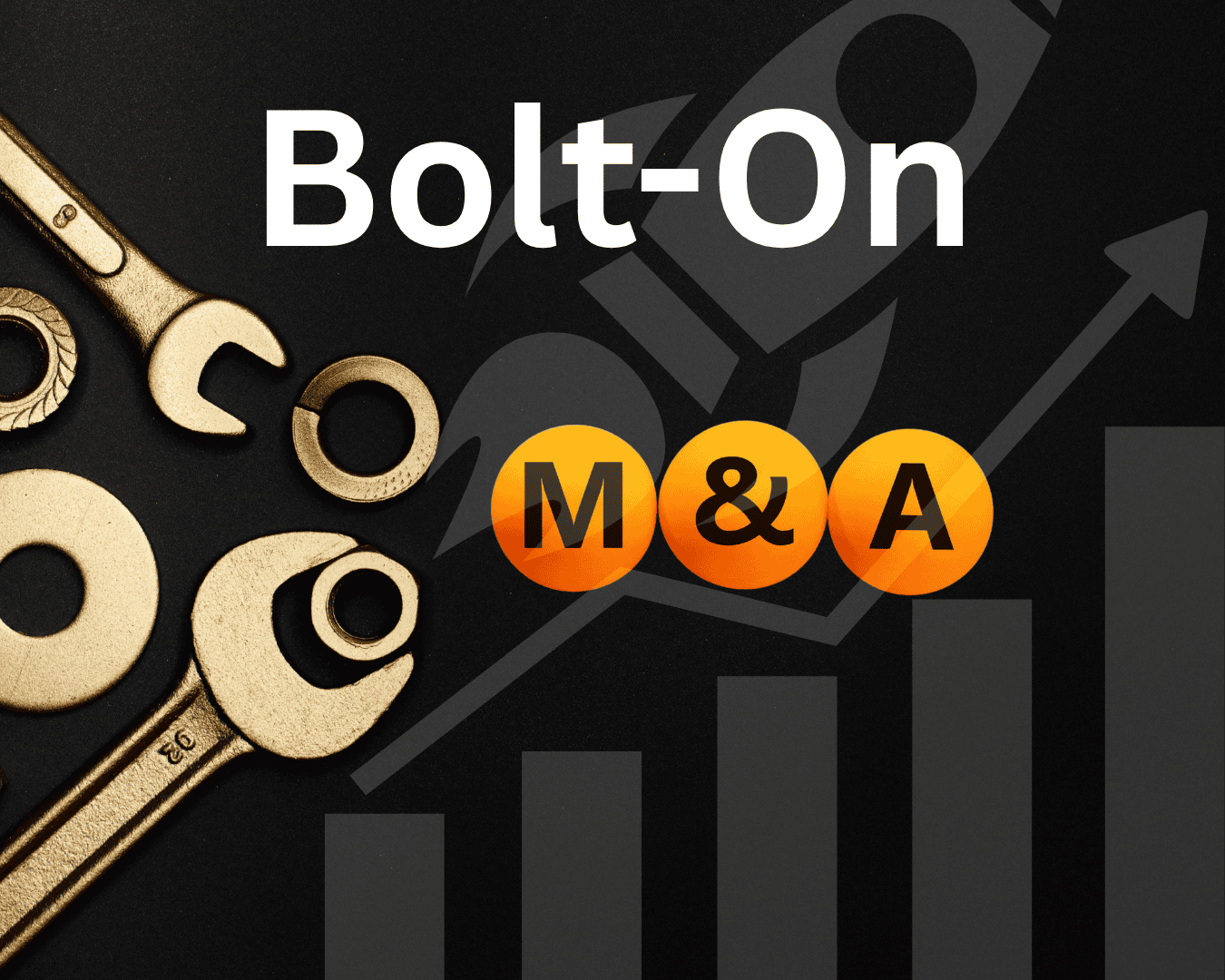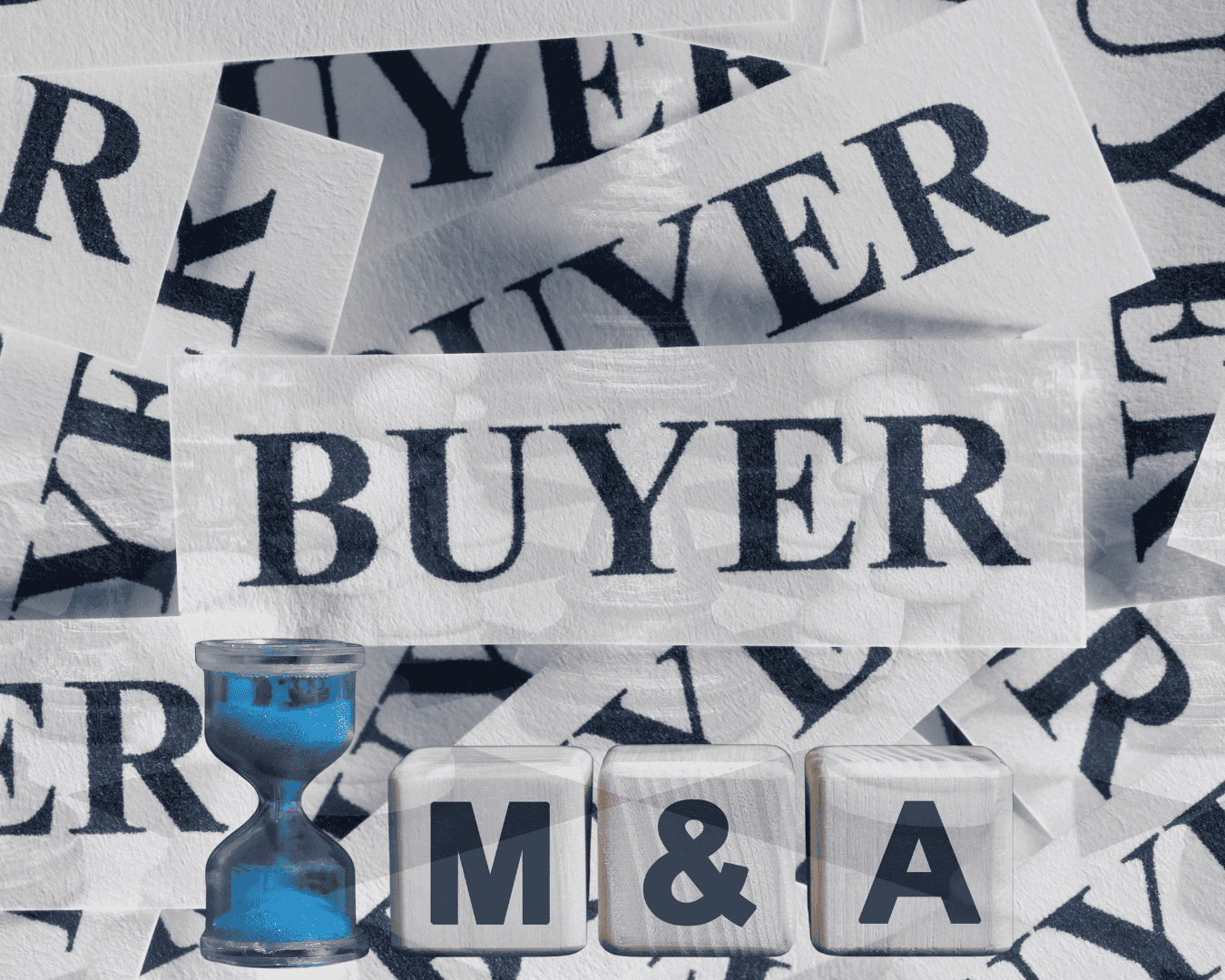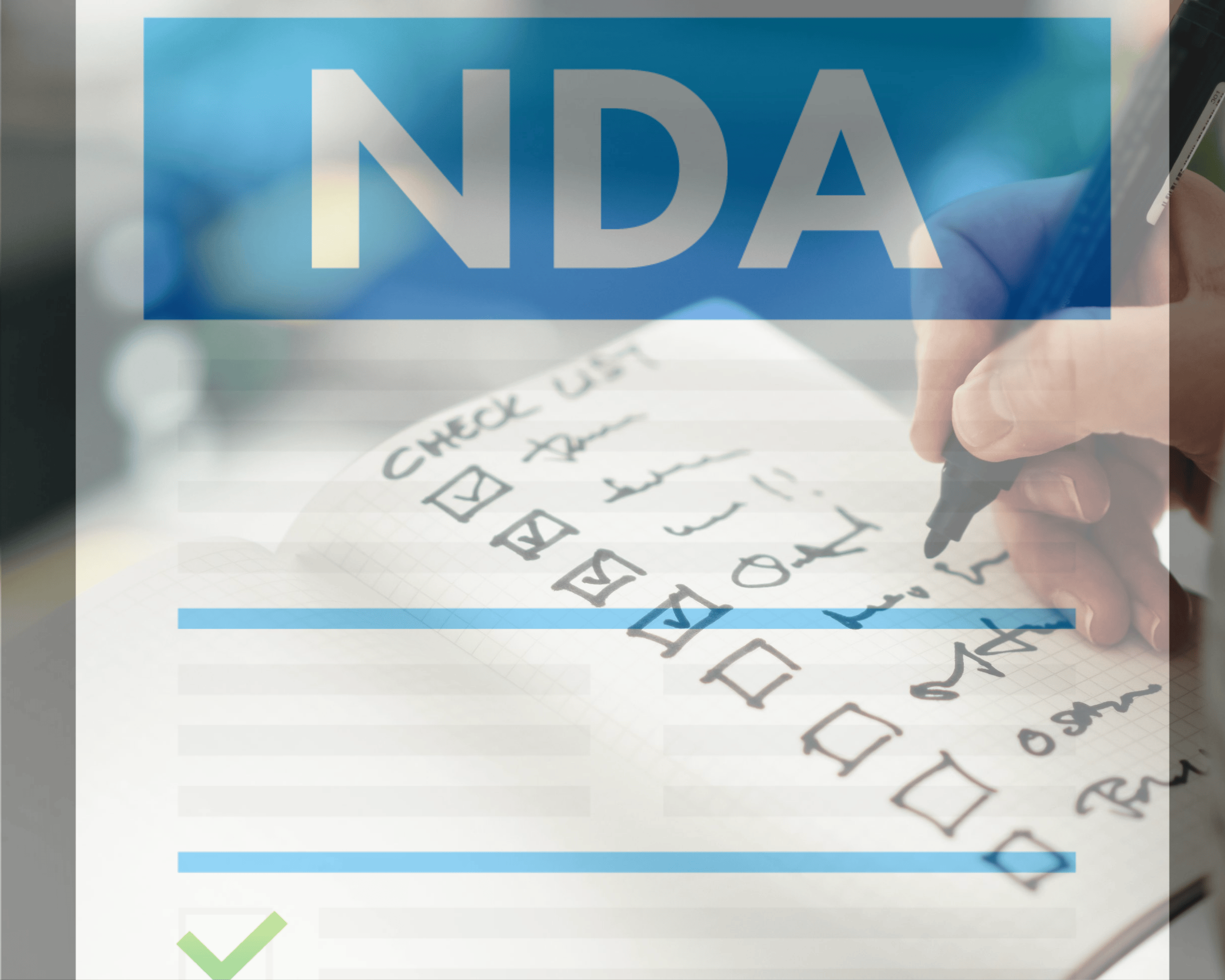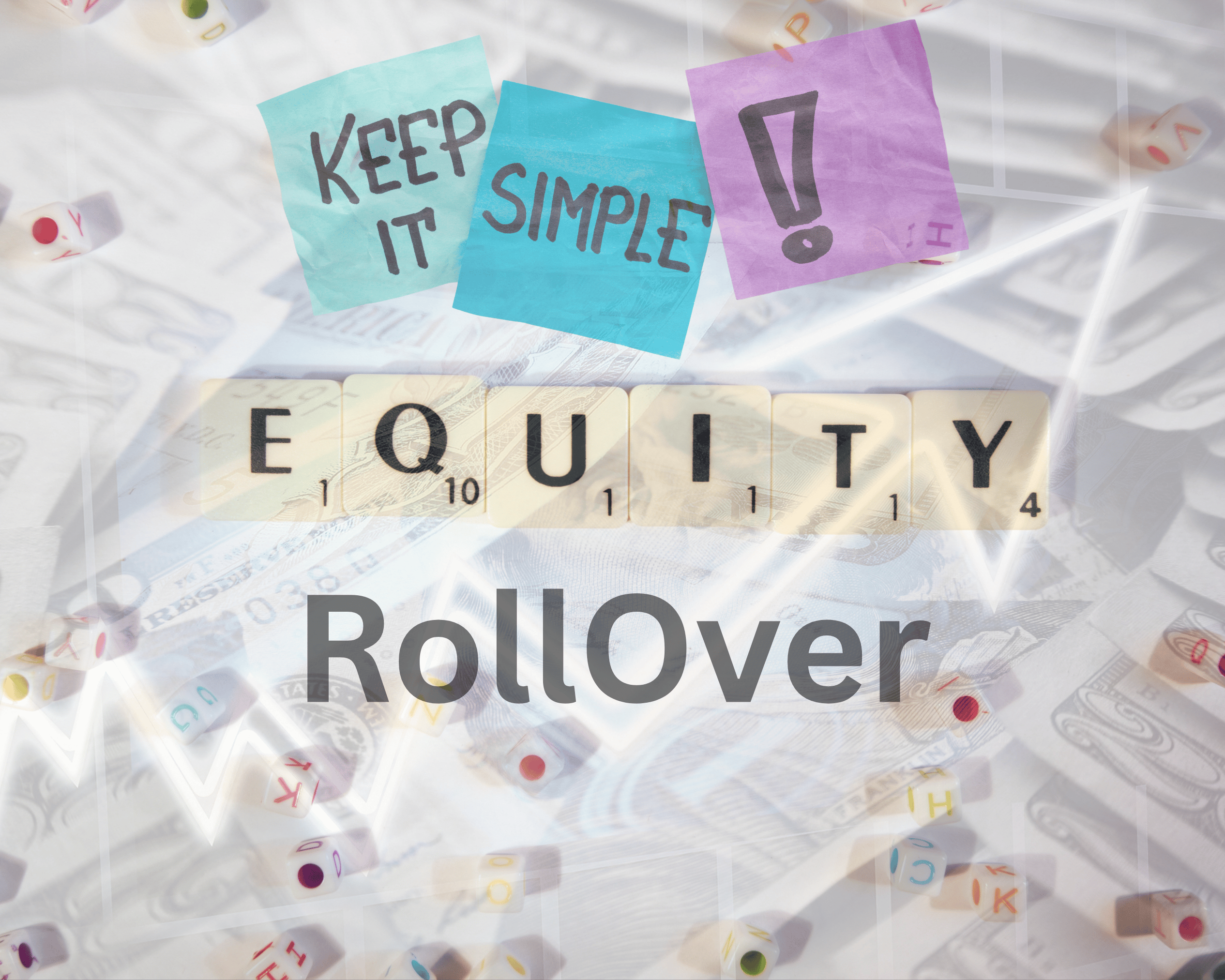The landscape of mergers and acquisitions (M&A) is evolving rapidly. The old-school seller-driven approach - a model focused solely on closing deals - has given way to a more strategic, buyer-led methodology. At the heart of this transformation lies a shift from mere deal-making to a focus on value creation, alignment, and long-term success.
In a recent conversation on M&A strategy, Byron Lichtenstein, Managing Director at Insight Partners, shared unique insights into how his firm has successfully implemented buyer-led M&A strategies across its 500+ portfolio companies. With a blend of operational rigor, private equity discipline, and venture speed, Lichtenstein's approach offers valuable lessons for entrepreneurs, investors, and acquisition-minded operators seeking to optimize their M&A strategies.
This article explores key themes from that conversation, offering actionable insights into crafting a buyer-led M&A strategy that unlocks sustainable growth and creates real value.
What Is a Buyer-Led M&A Strategy?
Buyer-led M&A flips the traditional paradigm. Rather than reacting to opportunities presented by sellers or brokers, buyers proactively align M&A activities with their business goals. This approach places emphasis on:
- Strategic positioning: Viewing acquisitions as tools to achieve long-term objectives.
- Integration planning: Preparing for seamless integration even before deals close.
- Value creation: Identifying how acquisitions complement the core business to generate growth and profitability.
Lichtenstein emphasizes that a successful buyer-led approach starts with establishing a clear vision. "You need to map out where you want to be in five years. Set that strategy early, and then stay laser-focused on it", he advises.
Key Components of a Buyer-Led M&A Strategy
1. Strategic Positioning as the North Star
At the heart of Insight Partners' M&A process is strategic positioning. This involves defining what the business should look like in the future and aligning every acquisition to that vision. Lichtenstein describes this as writing the company's "S-1 statement" (a pre-IPO document outlining a company’s goals and strengths) on day one.
Example: A payments infrastructure company, NMI, serves as a case study for this principle. When Insight Partners invested in NMI, the team identified a clear goal: expand the product suite offered to its core customers, independent sales organizations (ISOs). Guided by this vision, NMI used M&A to acquire complementary products that deepened its value proposition, while staying disciplined about rejecting acquisitions that didn’t align with its strategy.
2. Proactive Sourcing and Deal Flow
A buyer-led approach requires a proactive strategy for identifying acquisition opportunities. Insight Partners deploys a specialized team of 70 professionals tasked with finding and evaluating software businesses worldwide. This sourcing engine engages with approximately 40,000 companies annually to identify the right deals.
For operators without such resources, Lichtenstein advises focusing on clarity. "Define the type of acquisition you need - product expansion, market share, geographic expansion - and build a targeted deal flow strategy for that purpose."
3. Balancing Focus and Flexibility
One of the pitfalls of M&A is losing focus by chasing the "next shiny thing." Lichtenstein warns against pursuing acquisitions that deviate from the core customer base or product roadmap. Instead, he suggests prioritizing deals that align with the business's existing strengths, while remaining open to opportunities that truly complement long-term goals.
However, flexibility remains key. For example, companies may need to pivot if unexpected market trends, such as the rise of artificial intelligence (AI), present new opportunities. Insight Partners helps portfolio companies assess such trends proactively, ensuring that their strategies remain both disciplined and adaptable.
4. Rigorous Integration Planning
Integration planning is critical in buyer-led M&A, and it begins well before deal closure. According to Lichtenstein, successful integration requires:
- Tailored 100-day plans: These should be customized based on the type of acquisition. For example, an aqua-hire involving a small team will have different integration needs compared to a merger of equals.
- Clear ownership: Someone within the company must be accountable for managing the integration process. Without a dedicated leader, execution often falters.
- Continuous updates: The best 100-day plans are dynamic. Lichtenstein highlights the practice of monthly updates to track progress and adapt to emerging challenges.
5. Operational Support During M&A Execution
Insight Partners provides hands-on operational support to its portfolio companies during the M&A process. This includes helping companies define their acquisition strategy, sourcing targets, conducting due diligence, and even securing funding.
While not every company has access to such resources, Lichtenstein suggests seeking external advisors or consultants to fill gaps in expertise. The key is ensuring that the company has the bandwidth and expertise to properly execute its M&A strategy.
Lessons from Buyer-Led M&A Success Stories
Case Study 1: Bullhorn
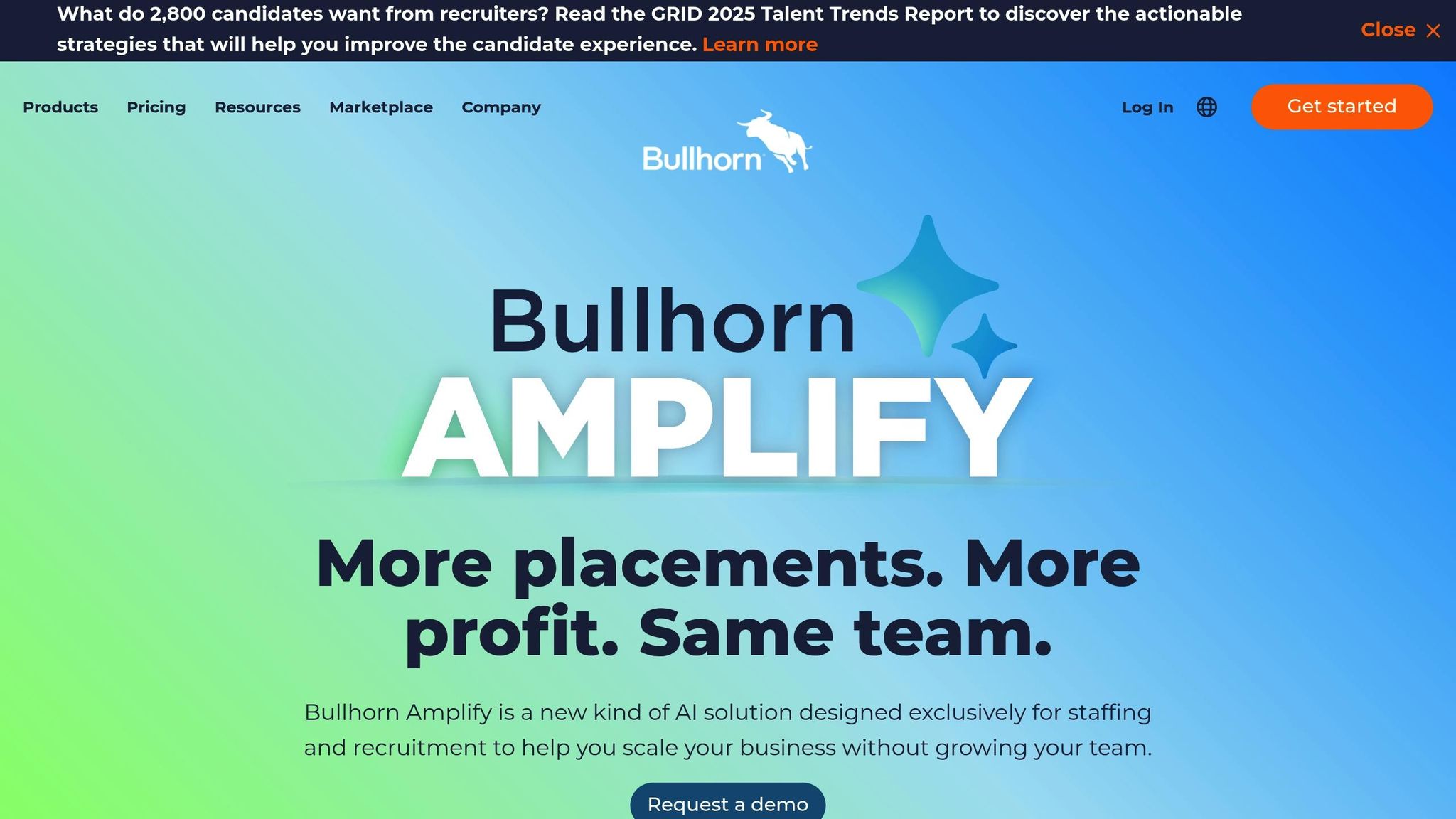
Bullhorn, a leading software provider for recruitment firms, exemplifies the power of disciplined M&A. From the outset, Insight Partners and Bullhorn's CEO, Art Papas, aligned on two strategic goals: dominate the recruiting CRM market and expand the company’s total addressable market (TAM).
Through a combination of product acquisitions, organic growth, and targeted investments, Bullhorn achieved these objectives, delivering strong returns. Lichtenstein attributes this success to clear strategic alignment and a willingness to invest in both M&A and organic product development.
Case Study 2: Optimizely
Optimizely, a digital experience platform, offers another example of buyer-led M&A. When Insight Partners acquired the company, the team used M&A not just to consolidate market share but also to prepare for an AI-driven future. The company integrated AI into its software through a co-pilot feature, enabling users to orchestrate complex tasks more efficiently.
This approach allowed Optimizely to remain competitive without needing to rewrite its core software, proving that incumbents can adapt to technological shifts through thoughtful acquisitions and product enhancements.
Key Takeaways
- Clearly define your strategic positioning: Write a vision statement for where your company should be in 5–10 years, and use it as your M&A roadmap.
- Be proactive in sourcing deals: Build a pipeline of opportunities that align with your strategy, rather than waiting for brokers to bring deals to you.
- Prioritize integration planning: Have a tailored, dynamic, and well-documented plan in place before closing any deal.
- Keep acquisitions focused: Avoid chasing deals that don’t align with your core customer base or product roadmap.
- Leverage external expertise: If your organization lacks the resources to handle M&A in-house, consider working with advisors who can support sourcing, diligence, and integration.
- Adapt to trends like AI: Use M&A as a way to stay ahead of market shifts, but remain disciplined about evaluating the long-term impact of technological adoption.
- Focus on value creation: Acquisitions should strengthen your company’s ability to drive growth and profitability, either by expanding TAM, capturing market share, or enhancing product capabilities.
Conclusion
A buyer-led M&A strategy represents a paradigm shift in how acquisitions are approached. By aligning every deal with a long-term vision, proactively sourcing opportunities, and planning rigorous integrations, businesses can unlock new levels of growth and profitability.
Whether you’re an entrepreneur exploring acquisitions, an investor assessing opportunities, or an operator managing M&A execution, the principles outlined here provide a roadmap for success. Fundamentally, the key lies in discipline, alignment, and a relentless focus on value creation.
As Lichtenstein aptly concludes, "Strategy matters. Set it early, stay focused, and go for it."
Source: "Why M&A Fails Without Strategy with Byron Lichtenstein" - M&A Science, YouTube, Sep 1, 2025 - https://www.youtube.com/watch?v=vuajHqHg2rg
Use: Embedded for reference. Brief quotes used for commentary/review.













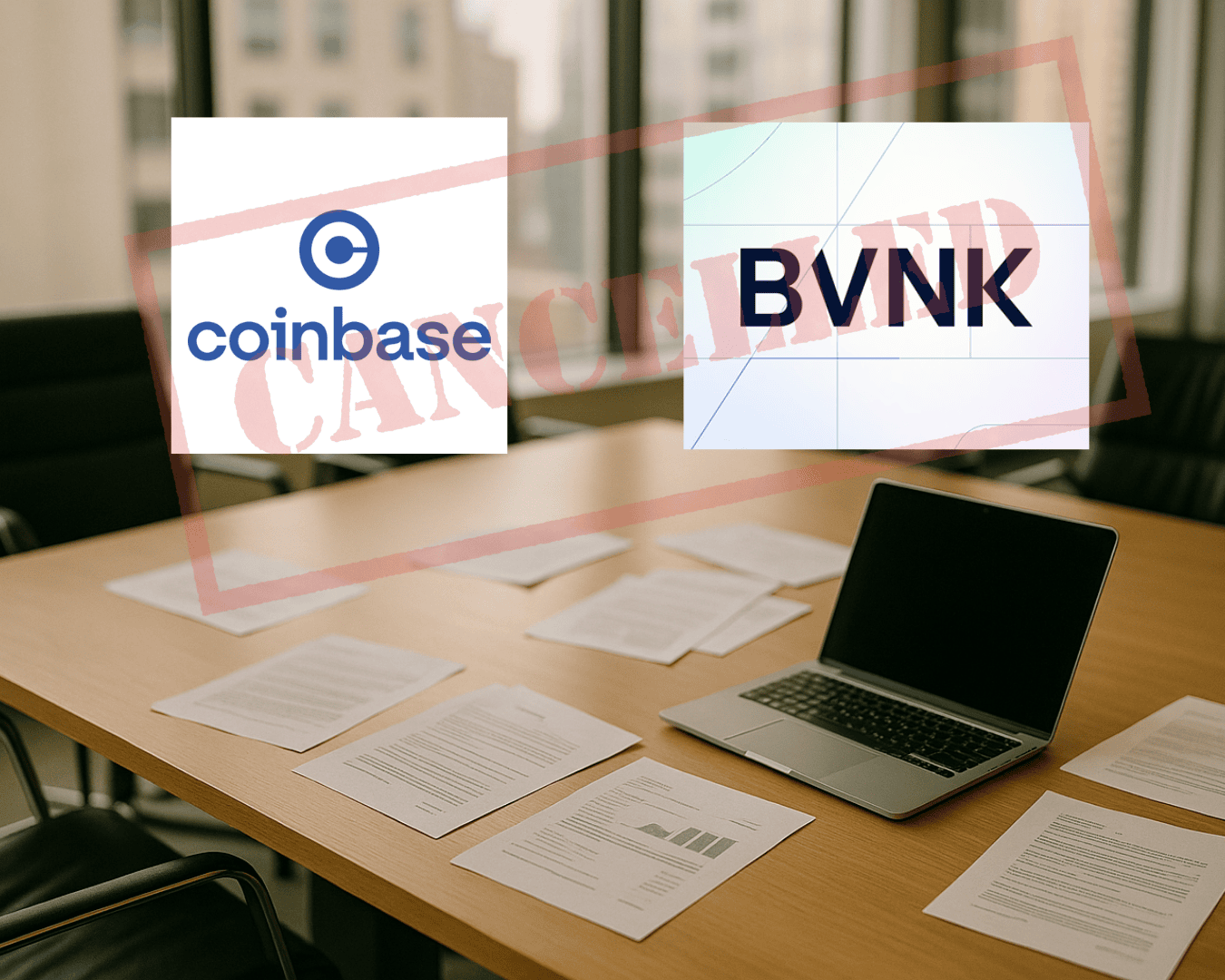


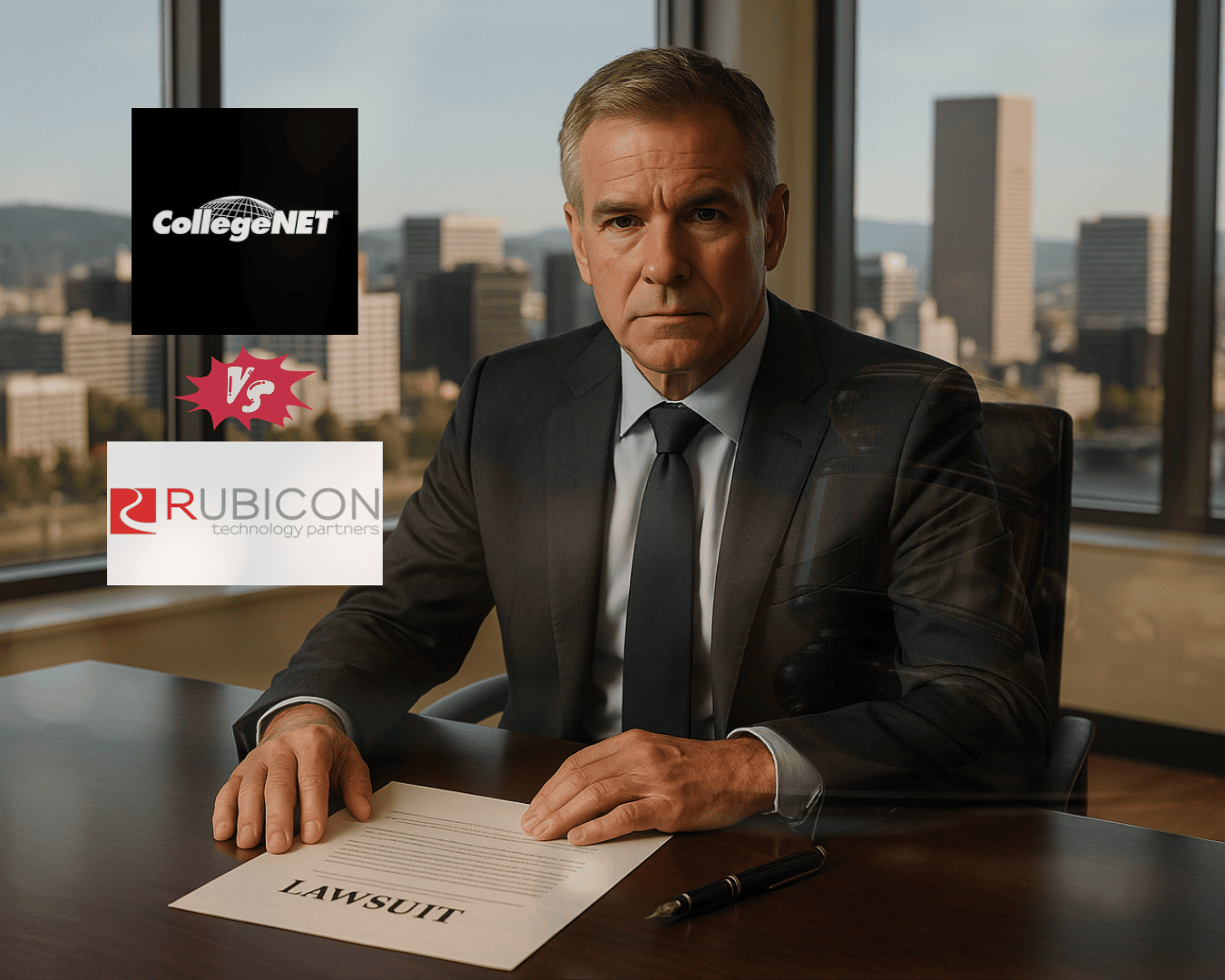






.png)




























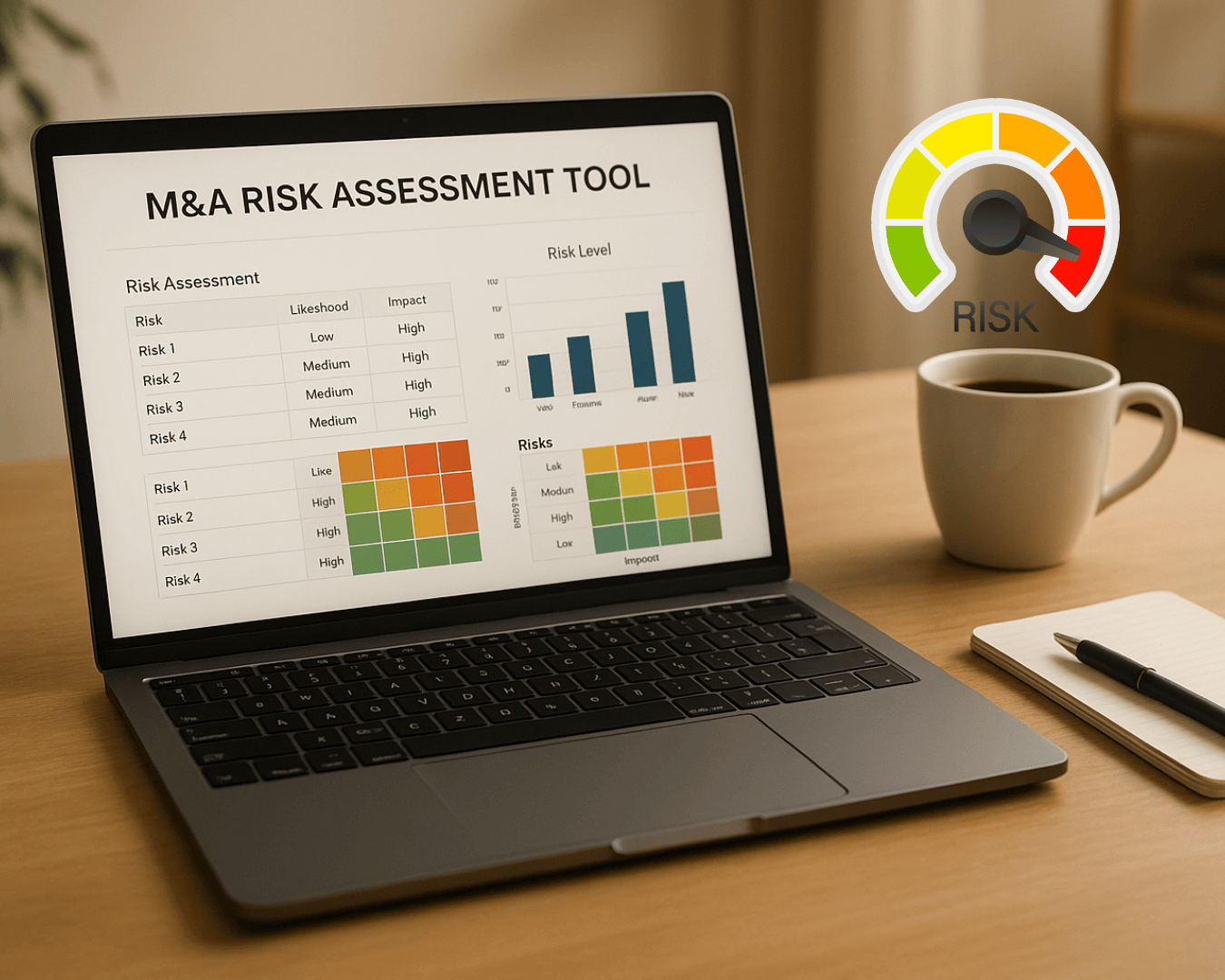

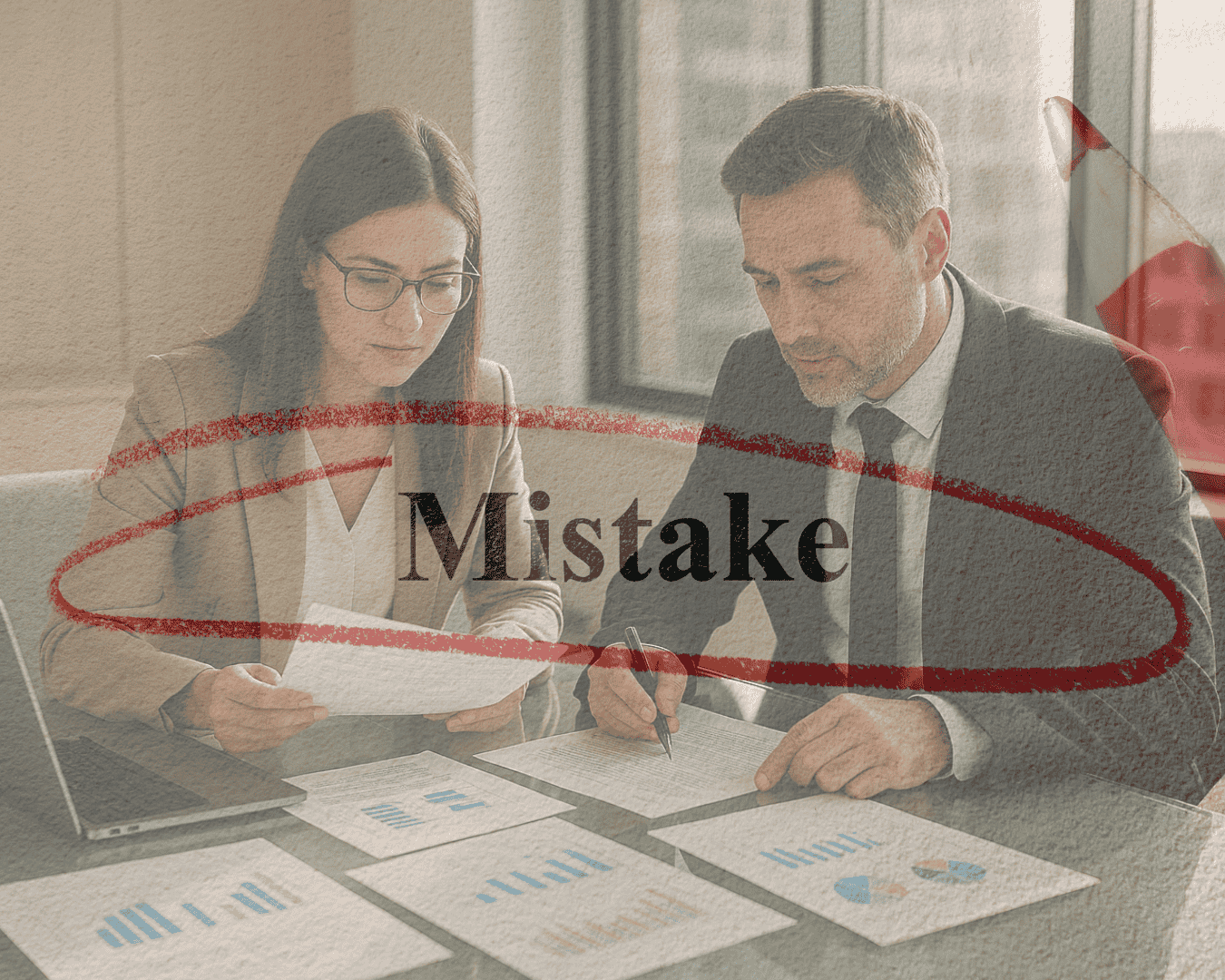









%20Loan%20Application%20Checklist.png)
